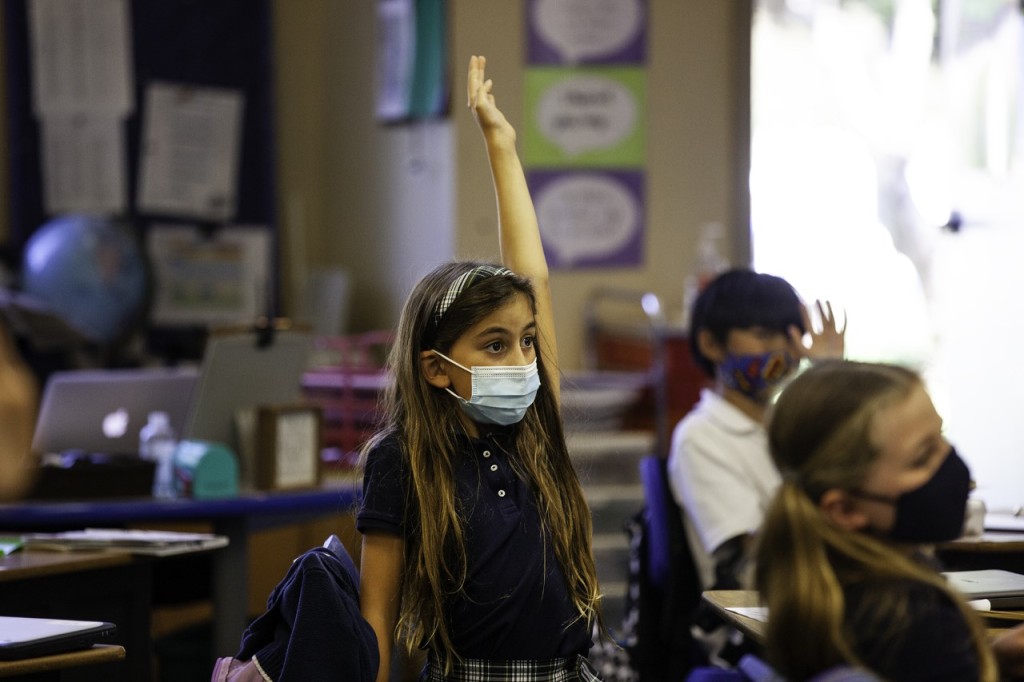Nora Saks is the host and reporter for MTPR’s podcast, The Richest Hill which, follows the past, present and future of a famous Superfund site in Butte, MT. The podcast was named one of the “Best Podcasts of 2019,” by The New Yorker magazine and it has become popular in and outside of Montana.
Nora Saks graduated from the University of Montana’s School of Journalism with her MA in Environmental Science and Natural Resource Journalism and Richest Hill was born out of her master’s thesis.
Graduate student Sierra Cistone chatted with her about the podcast and her time in graduate school. An edited transcript of the conversation follows.

What made you want to pursue a MA in journalism?
I spent about a decade almost as an organic farmer … and I think over time I realized I was interested in subjects like food justice and farming, but really what I enjoyed more than anything was listening to the farmers and hearing about their life experiences and backgrounds. And, that mostly got me interested in storytelling.
Eventually, I realized, ‘what is a job I could do that would let me keep learning, would let me talk to lots of people and walk a few steps in their shoes and have all kinds of adventures but do it with a purpose?’ And, I think that’s ultimately what led me into journalism.
Is there a class that was really helpful for practicing skills that you use today?
I remember Investigative Reporting being pretty helpful … that was when we had just the worst smoke season and Seeley Lake was just inundated with wildfire smoke. I am pretty interested in public health and environmental justice. So, Joe Eaton who is the instructor of that, taught us some good investigative reporting and research basics and then I decided to focus on the health impacts of prolonged exposure to wildfire smoke. I think having that class was a baseline for doing that work and I ended up getting two stories on NPR that were born in that class.

How did your idea for Richest Hill get started?
When I was reporting the radio documentary for my master’s it was on a much smaller piece of this puzzle. That was what my project [master’s thesis] was on and throughout that process of reporting that for months I realized “oh there are a lot of things happening right now in Butte around Superfund, not just what this activist group is focused on.”
And, that’s what made us think, “oh this is a much bigger story…”
What was one of the biggest take-aways from the early episodes of producing Richest Hill?
There were a lot of people involved but I think some of the people who showed up in some of the early episodes come back. You never really know if you’re doing a project like this, who you are going to want to come back to and who might end up being a bigger presence.
So, I think keeping those relationships for your sources solid and up to date and as trustworthy as you can is pretty important if you are doing a long project.

What would you say to anyone considering pursuing a graduate degree in environmental journalism at UM?
For me the people and the relationships that came with those other students and the faculty — I probably didn’t really appreciate fully at the time and I’m only now beginning to understand how vital they are.
I guess to anyone who’s worried about putting themselves in a box by doing this degree, I would say you don’t need to worry about that… Having an area of specialty or expertise is really useful and the coursework I did in school, as well as the research I did on my own in reporting, I think it’s actually really broad and kind of exciting in that way..
I think there are a lot of directions you can go with it and you don’t need to worry about getting pigeonholed and you can be pretty creative about what you do with this degree.









